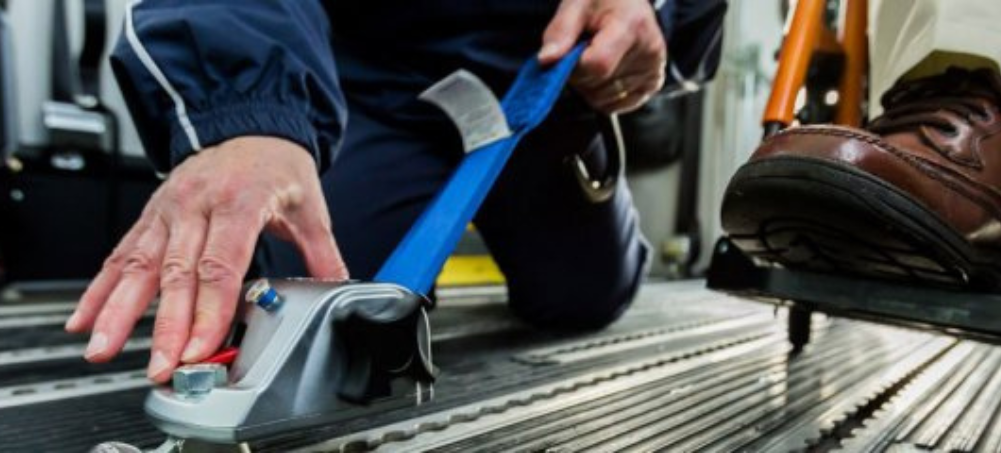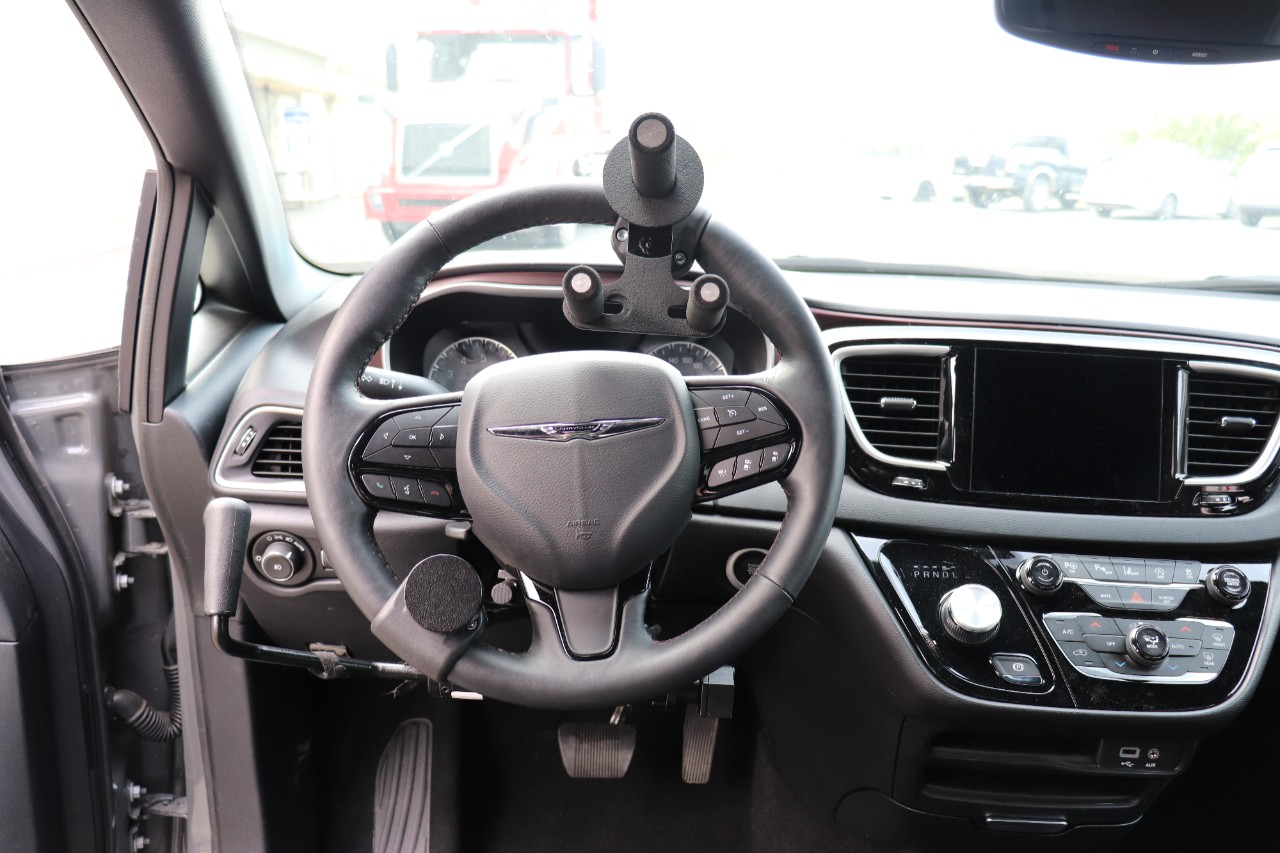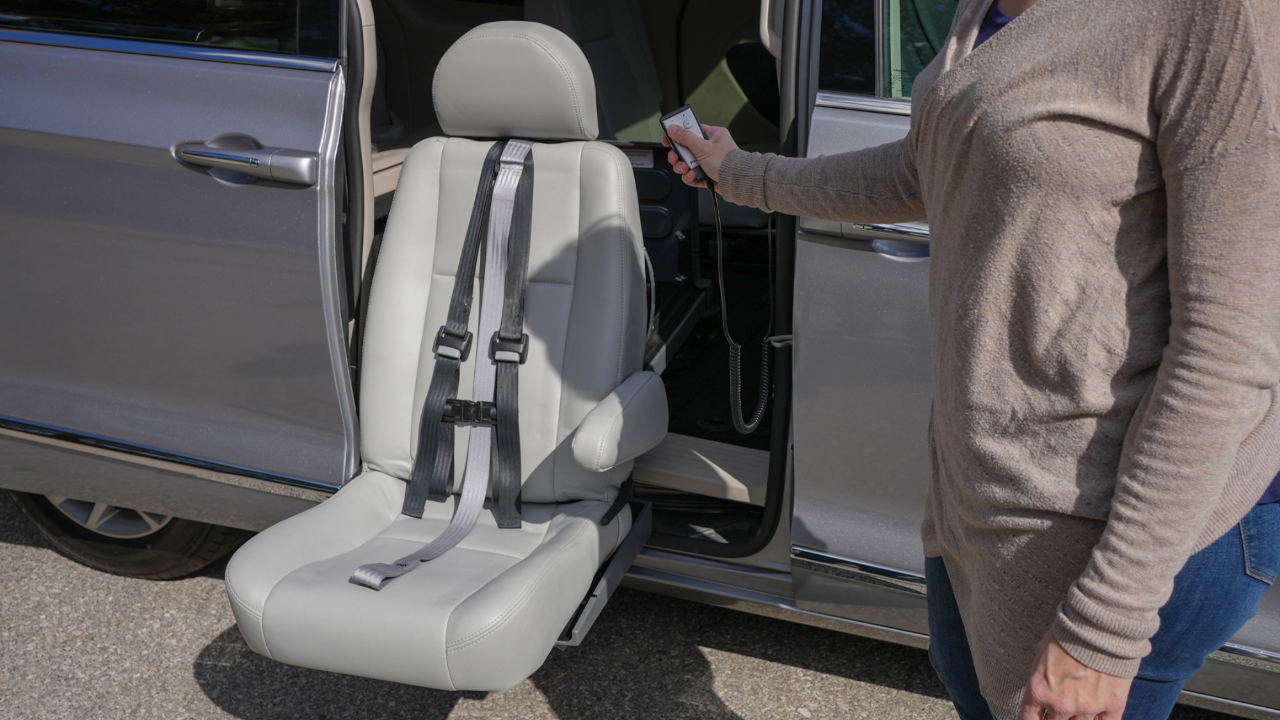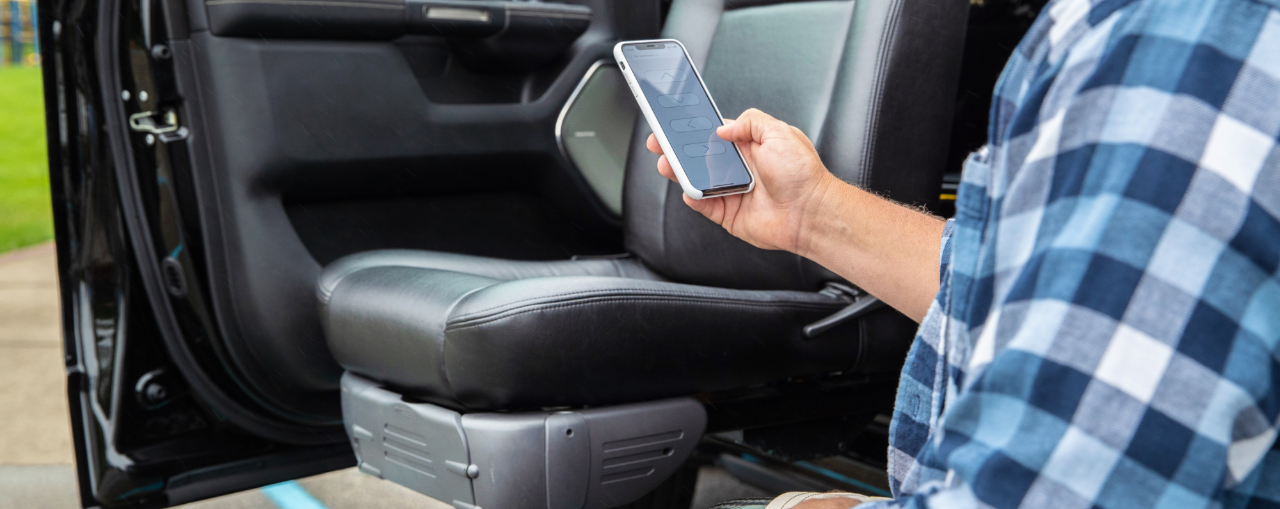
How to Choose the Right Wheelchair Securement System for Your Vehicle
Choosing the right wheelchair securement system depends on the user's mobility needs, vehicle type, and preferences for independence versus caregiver assistance. Whether you opt for manual tie-downs or a docking system, proper fit, safety certification, and ease of use are key to ensuring secure and comfortable travel.
A secure ride is a safe ride. When transporting a wheelchair user, having the right securement system isn’t just helpful—it’s essential for protection, comfort, and peace of mind.
Understanding Your Securement Options
There are two main types of wheelchair securement systems: manual tie-downs and automatic docking systems.
Wheelchair securement systems are designed to hold the wheelchair—and its occupant—firmly in place during transit. Each system has strengths depending on whether the user drives independently or rides with a caregiver. Understanding the pros and cons of each helps ensure a perfect fit for your situation.
Manual Tie-Down Systems:
- Strap-based system using four-point securement.
- Typically requires a caregiver or assistant to attach the straps.
- Cost-effective and highly adjustable.
- Widely used in rear-entry and caregiver-assisted WAVs.
Automatic Docking Systems:
- Hands-free solution that locks the wheelchair into place with a docking bracket.
- Ideal for independent drivers or frequent solo travelers.
- Requires compatible docking hardware installed on the wheelchair base.
- Fast and convenient but typically higher in cost.
Factors to consider when choosing a securement system:
- Level of independence: Can the user secure themselves, or do they require assistance?
- Vehicle type: Side-entry vans often pair well with docking systems; rear-entry often uses manual tie-downs.
- Wheelchair compatibility: Not all chairs are pre-equipped for docking—modifications may be needed.
- Frequency of use: Daily users may prefer the speed of automatic systems.
- Budget: Tie-downs are more affordable upfront, but docking systems offer long-term convenience.
Comparing Securement Systems Side by Side
The best securement system balances safety, ease of use, and compatibility with your wheelchair and vehicle.
Here’s a comparison of the two main types of securement systems to help guide your choice:
| Feature | Manual Tie-Downs | Automatic Docking System |
|---|---|---|
| User Independence | Requires assistance | Allows for solo operation |
| Setup Time | 2–3 minutes with caregiver | 10–15 seconds with self-locking |
| Cost | Lower | Higher |
| Compatibility | Universal (with hooks) | Requires docking bracket on chair |
| Vehicle Entry Preference | Rear-entry or side-entry | Mostly side-entry vehicles |
| Best For | Occasional or assisted travel | Daily or independent drivers |
Regardless of the system, proper installation by a certified mobility technician is vital. User training is also recommended for safe operation, especially when using tie-downs.
Contact us today to schedule a securement system consultation and ensure your vehicle and wheelchair are perfectly matched for safe, independent travel.
Connect with Us
Sign up to receive our newsletter to stay up to date on the latest United Access news, events, and products.


